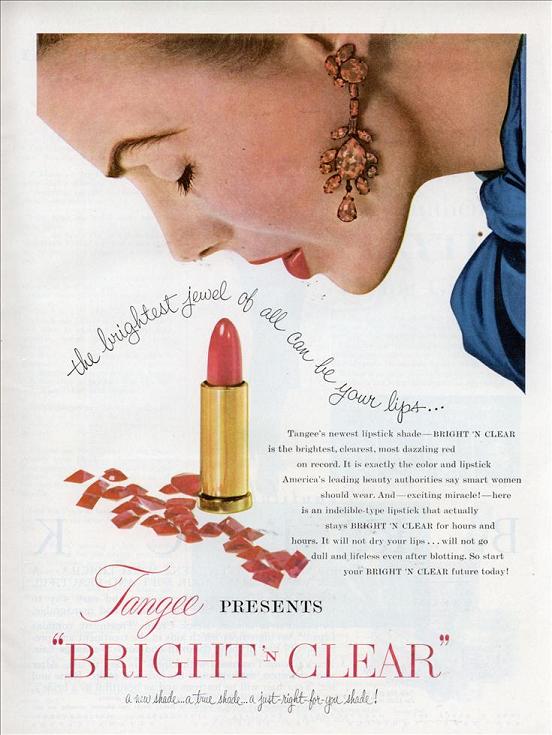Cross-posted at Cyborgology.
My post today comes from a class on ableism and disabled bodies that I taught earlier this past semester in my Social Problems course. Its inception came from the point at which I wanted to introduce my students to Donna Haraway’s concept of cyborgs, because I saw some useful connections between one and the other.
My angle was to begin with the idea of able-bodied society’s instinctive, gut-level sense of discomfort and fear regarding disabled bodies, which is outlined in disability studies scholar Fiona Kumari Campbell’s book Contours of Ableism. Briefly, Campbell distinguishes between disableism, which are the set of discriminatory ideas and practices that construct the world in such a way that it favors the able-bodied and marginalizes the disabled, andableism, which is the set of constructed meanings that set disabled bodies themselves apart as objects of distaste and discomfort. In this sense, disabled bodies are imbued with a kind of queerness – they are Other in the most physical sense, outside and beyond accepted norms, unknown and unknowable, uncontrollable, disturbing in how difficult they are to pin down. Campbell identifies this quality of unknowability and uncontainability as especially, viscerally horrifying.
Campbell connects more directly to Haraway’s cyborgs when she opens a discussion of biotechnology and disabled bodies:
The fortunes of techno-science continue to disrupt the fixity of defining disability and normalcy especially within the arenas of law and bioethics. Whilst anomalous bodies are undecidable in being open to endless and differing interpretations, an essentialised disabled body is subjected to constant deferral – standing in reserve, awaiting and escaping able(edness) through morphing technologies and as such exists in an ontologically tentative or provisional state.
Anomalous and disabled bodies are both unsettling to the able-bodied, therefore, because they implicitly lay open to question our assumptions about essential definitions of embodied humanity. Throw technology into the mix and the questions become even more explicit. What is human? What does human mean? And where is the line between organic human and machine – if there even is one? Haraway’s position is, of course, that there is no meaningful line, and that we are all, in some sense, cyborgs — that the relationship between the organic and the machine is so complex that it is no longer sensible to attempt to untangle it. And thanks to advances in prostheses and other biotechnologies, the boundary between “disabled” and “augmented” is becoming increasingly problematic, despite the essentializing power that the label of “disabled” contains.
In order to introduce my students to the ideas behind the relationship of different kinds of organic bodies to different kinds of technology, and how we culturally process those embodied relationships, I invited them to consider the cases of two amputee athletes, Aimee Mullins and Oscar Pistorius.
Mullins and Pistorius present interesting examples. They are both known for being both accomplished athletes and for being physically attractive – Mullins has done modeling work. They present inspiring stories that have generated a fair amount of sports media coverage. And yet things have not been altogether smooth – there has been some controversy regarding the degree to which the carbon fiber prostheses they use for running confer any form of advantage on the runners who use them. Questions over the effect of the prostheses have threatened Pistorius’s bids to compete in the Olympics alongside able-bodied athletes.
I think the combination of positive and negative reactions is worth noting, in light of Campbell’s writing on culture and disability. Mullins and Pistorius are admired for “overcoming” a perceived disability, and this admiration feels especially safe for people embedded in able-bodied culture because they are conventionally attractive in every other respect. But this is a story with which we only feel comfortable provided that it doesn’t present any kind of threat to our conventional categories of abled and disabled bodies. It is unacceptable for a disabled body to be better at what it does than an abled body. It is even slightly uncomfortable when a disabled body manages to be “just as good”.
After the images of Mullins and Pistorius, I also showed my students this image of speed skater Apollo Ohno. Like the images of Mullins and Pistorius, Ohno’s body is explicitly being presented here as an attractive object. By most standards, Ohno is as able-bodied as one can get. But as I pointed out to my students, he manages this on the back of technology – on specially designed skates, in special aerodynamic suits, with the help of carefully balanced exercise and nutrition plans; almost no athlete is really “natural” anymore. But at least in part because of the closeness of his body to an able-bodied ideal, this presents no explicit threat to our categories. Ohno fits the accepted model of “human”. Who would look at him and doubt it? And if Mullins and Pistorius are perhaps not as close to that ideal, they at least fall into line with it, by virtue of the fact that they don’t explicitly question its legitimacy as an ideal – unless they seek to transcend it.
My point, in short, is this: we are uncomfortable with disabled bodies that question or trouble our accepted, hierarchical categories of abled and disabled, of human and non-human, of organic and machine. We are far more comfortable with them when they perform in such a way that they reinforce the supremacy of those categories. They become acceptable to us.
Sarah Wanenchak is a PhD student at the University of Maryland, College Park. Her research focuses on contentious politics and communications technology in a global context. She has also worked on the place of culture in combat and warfare, including the role of video games in modern war and meaning-making. She is an occasional blogger at Cyborgology.

























